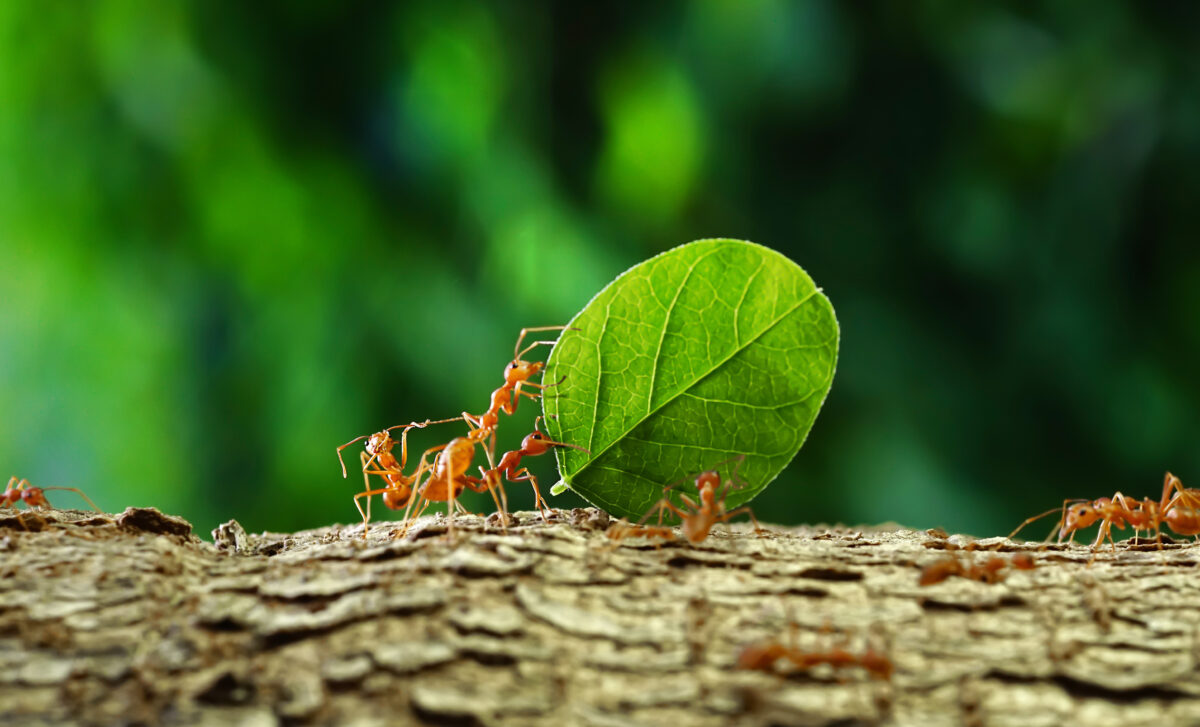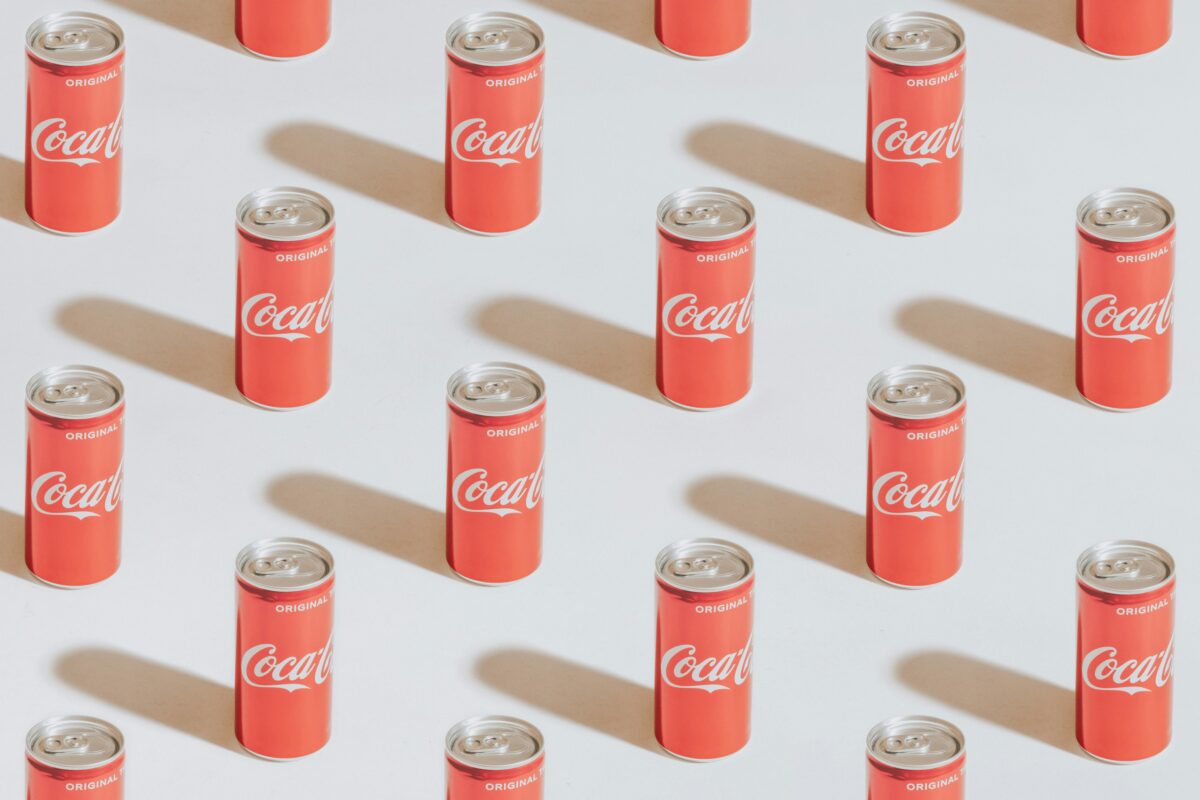Gale L. Pooley teaches U.S. economic history at Utah Tech University. He has taught economics and statistics at Brigham Young University-Hawaii, Alfaisal University in Riyadh, Saudi Arabia, Brigham Young University-Idaho, Boise State University, and the College of Idaho. Dr. Pooley serves on the board of HumanProgress.org.
Dr. Pooley earned his BBA in Economics at Boise State University. He did graduate work at Montana State University and completed his PhD at the University of Idaho. His dissertation topic was on the Knowledge Acquisition Preferences of the CEOs of the Inc. 500.
In 1986 he founded Analytix Group, a real estate valuation and consulting firm. The Analytix Group has performed over 5,000 appraisals in the U.S. and Saudi Arabia. Dr. Pooley has held professional designations from the Appraisal Institute, the Royal Institute of Chartered Surveyors, and the CCIM Institute.
He has published articles in National Review, HumanProgress, The American Spectator, FEE, the Utah Bar Journal, the Appraisal Journal, Quillette, and RealClearMarkets.
Dr. Pooley is a Fellow with the Discovery Institute and serves on the board of HumanProgress.org. He also serves on the Foundation for Economic Education Faculty Network and is a Scholar with Hawaii's Grassroot Institute. He is also a member of the Mont Pelerin Society. He has presented at FreedomFest and the COSM Technology conference.
His major research activity has been the Simon Abundance Index, which he co-authored with Dr. Marian Tupy.



















